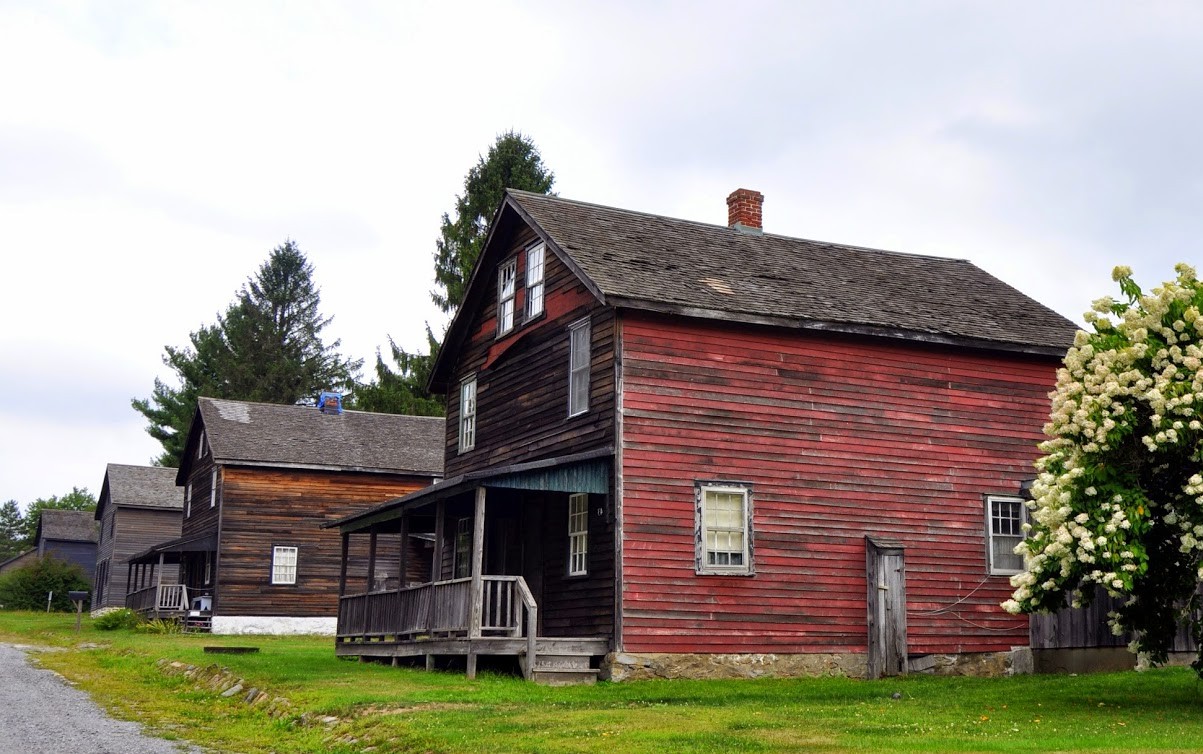Secrets Of Pennsylvania’s Lost Coal Patch Towns

Have you ever wondered about the hidden history of Pennsylvania's lost coal patch towns? These small communities once thrived during the coal mining boom but have since faded into obscurity. Imagine walking through ghost towns where miners and their families lived, worked, and built their lives. These places hold stories of hard work, resilience, and a way of life that has almost disappeared. Exploring these forgotten towns offers a unique glimpse into the past, revealing the challenges and triumphs of those who called them home. Ready to step back in time and uncover the secrets of Pennsylvania's lost coal patch towns?
Secrets of Pennsylvania's Lost Coal Patch Towns
Pennsylvania's coal patch towns hold a fascinating history. These small communities, built around coal mines, once thrived with activity. Today, many lie abandoned, offering a glimpse into a bygone era. Let's uncover the secrets of these forgotten places.
1. Centralia
Centralia, perhaps the most famous of Pennsylvania's lost towns, has a haunting story. An underground coal fire, ignited in 1962, still burns today. The town was evacuated, leaving behind eerie remnants of its past.
2. Eckley Miners' Village
Eckley Miners' Village stands as a preserved example of a coal patch town. This living museum showcases the daily lives of miners and their families. Walking through its streets feels like stepping back in time.
3. Rausch Gap
Rausch Gap, once a bustling mining town, now lies in ruins within the Appalachian Trail. Hikers can explore the remnants of homes, a church, and a cemetery. Nature has reclaimed much of the area, adding to its mystique.
4. Mahanoy Plane
Mahanoy Plane played a crucial role in coal transportation. The town featured an inclined plane railway, which hauled coal up a steep slope. Today, visitors can see the remains of this engineering marvel and imagine the bustling activity that once took place.
5. Peale
Peale, a ghost town in Clearfield County, was once a thriving community. Founded in the 1880s, it had homes, stores, and even a post office. Now, only foundations and a few structures remain, telling the story of its rise and fall.
6. Coal Run
Coal Run, located in Indiana County, was a small mining town with a close-knit community. The town's decline began in the early 20th century as coal demand decreased. Today, visitors can find remnants of buildings and a sense of the town's former life.
7. St. Nicholas Coal Breaker
St. Nicholas Coal Breaker, once the largest coal breaker in the world, now stands abandoned. Located in Schuylkill County, this massive structure processed thousands of tons of coal daily. Exploring its ruins offers a glimpse into the industrial might of the past.
8. Alvira
Alvira, a town with a unique history, was seized by the government during World War II. The residents were forced to leave, and the area was used for munitions storage. Today, visitors can find remnants of the town and the bunkers that replaced it.
9. Shenandoah
Shenandoah, once a thriving coal town, has seen better days. Many buildings stand empty, and the population has dwindled. However, the town's rich history and remaining architecture make it a fascinating place to explore.
10. Jeddo
Jeddo, a small town in Luzerne County, was built around coal mining. The town's decline began as the mines closed, and many residents moved away. Today, visitors can find remnants of the town's past and imagine life during its peak.
11. Lattimer
Lattimer, known for the tragic Lattimer Massacre, has a somber history. In 1897, striking miners were killed by sheriff's deputies. The town's mining operations have long ceased, but the memory of the event remains.
12. Buck Mountain
Buck Mountain, a once-thriving mining town, now lies abandoned in Carbon County. The town's decline began in the early 20th century as coal demand decreased. Today, visitors can find remnants of buildings and a sense of the town's former life.
13. Colver
Colver, a town in Cambria County, was built by the Ebensburg Coal Company. The town featured homes, stores, and a school for miners' families. Although the mines have closed, some buildings remain, offering a glimpse into its past.
14. Glen Lyon
Glen Lyon, located in Luzerne County, was once a bustling coal town. The town's decline began as the mines closed, and many residents moved away. Today, visitors can find remnants of the town's past and imagine life during its peak.
15. New Philadelphia
New Philadelphia, a small town in Schuylkill County, was built around coal mining. The town's decline began as the mines closed, and many residents moved away. Today, visitors can find remnants of the town's past and imagine life during its peak.
Discovering Pennsylvania's Hidden History
Pennsylvania's lost coal patch towns offer a unique glimpse into the past. These forgotten places tell stories of hard work, community, and resilience. Exploring these towns, you can see remnants of a bygone era, from old buildings to abandoned mines. Each town has its own tale, reflecting the lives of the people who once called it home.
Visiting these hidden gems provides a deeper understanding of Pennsylvania's rich history. It's a chance to connect with the past and appreciate the state's industrial heritage. Whether you're a history buff or just curious, these towns are worth the visit.
So, next time you're in Pennsylvania, take a detour to one of these lost coal patch towns. You'll find more than just abandoned buildings; you'll discover a piece of history that shaped the state and its people.

